Tourism, Spirituality and High-Tech in Central China
The roots of Buddhism lie in today’s India. Its emergence can be seen as a reaction to the secularization of Hinduism. The Hindu priestly caste led a feudal rule and exploited the population. Groups of skeptics were convinced that one can never experience the reality as it was described in the Vedas anyway. Gautama Siddhartha, the later Buddha, succeeded in initiating counter-movement to it at 480BC through his enlightenment. Shortly after his death, a split broke out. The southern current, the Theravada Buddhism has its main focus in monasticism. In the northern spread, The Mahayana Buddhism, the people were more involved in spiritual life. It should be possible for every human being to achieve a Buddha nature.
With this state of mind Buddhism has now arrived in the 1st century AD at Mount Emei. According to legend, a farmer has built a first temple at the Jinding, the mountains top. Even before that, this mountain was sanctified with 3079 m. Taoist monasteries have been replaced by Buddhist temples over time. At the height of the Buddha movement there were 150 temples on the mountain. Today there are still about thirty, most of which have recently been restored or rebuilt.
The People’s Republic of China is atheist according to its basic orientation. In recent years, people have been increasingly thinking about their own traditions. Folklore is shown at the parade in Tian-namen Place, temples are renovated, and devotionals are sold. The mindset of the “Three Religions” (Buddhism, Taoism and Confucianism) is supported by 20% of the population. Religiously active are likely to be less than 1% of the population. This relation can also be seen in the tourism center in EmeiShan. There are a few monks responsible for the temple operation. They are quite economically oriented. Every bell, the incense sticks and Buddha statues are sold. Few tourists take the opportunity to pray or ask briefly in front of a Buddha statue. The majority of visitors are classic tourists who look at historic buildings. Just as Chinese people do in Salzburg, Neuschwanstein Castle or Hallstadt.
A special highlight is the golden statue of Bodhisattwa Samanthabhadra, which at 48 m is thelandmark of EmeiShan. This appears at sunset in bright gold / yellow. In connection with the clouds, this place leaves a very mystical impression. The name of the “Golden Summit” derives from this.
The Buddhist monk Haitong carved them into the rock in 713. Combined with the request to the Buddha to appease the hitherto life-threatening current at the confluence of the three rivers. Starting from the head, a steep staircase leads along the 71 m high statue to its feet. In high season, visitors wait up to three hours before they can walk down this path. For this as well as for the “Golden Summit” there are excellent 4K videos on YouTube. In particular, it is the natural and artificial light that gives these two places something magical, mystical.
The tourist marketing is perfectly organized. All places are within easy reach of EmeiShan Bus Station. However, the long stairways to the temples you have to go already by yourself. These open up the entire mountain Emei with a length of 50 km. The short route takes a day with 15km length and 2000 steps. Along the way you pass eight temples. As long as one meditates with the praying monks about 20 min, one also makes a lasting spiritual experience. Similar to Zen meditation, which is also composed of contemplation and walking. All these impressions are artistically processed in the newly built “State of the Art Theater” in Emei Shan.
The theater is a high-tech playhouse, reminiscent of the “Deep Space” of the Ars Electronica Center in Linz. Only in other dimensions with five main stages for 2000 spectators each. The Chinese artist Wang Change has arranged a first performance under the topic “Fantasy City of Dreams” in six acts.
The first act starts outdoors. Here the audience is received by the actors. Around the main house are the roofs of an old Chinese village, which create a mystical atmosphere with artificial fog and gentle lighting. Actors emerge from the fog and disappear into it again. All this is done in peace and you are gently led to the seats in the first block.
In the second act you sit in front of a huge stage with a closed curtain. The religious tradition of China is now presented with beamer. Actually, nothing special. Disappointment almost arises. The curtain is actually a semi-permeable canvas. If light comes only from the front, you have a flat picture. Similar to Plato’s cave parable, viewers (2nd Person View) see only the shadow and not the actual reality. According to Plato, it is not possible for man to look at reality through the rock wall. Man is always just a spectator. But more is possible at the EmeiShan Theater. If on the stage behind it the spots are switched on to the actors, one sees through the screen and has a picture like in a 3D cinema. Reality becomes permeable.
The stage itself is constructed as a lifting platform. Many tiles, sub-stages can be individually lifted and lowered, which further enhances the 3D effect. Embedded in the front image, the story is now told. At the climax of the story, all the tiles can be seen, and the western viewer is shocked. A chopping cross. Exactly the NAZI symbol, but arranged in a mirror image. In Hindu tradition, this is then the Sawastika. A thousand of year-old symbol of well-being and the “Good Way of the Buddha”.
Somewhat amazingly, after twenty minutes the performance is over, and the spectators get up. However, they are not led out, but onto the stage. This is where the third act begins. Spectators and actors are already very close. Embedded in this framework, the human life cycle is dealt with. From birth, family, youth, work to aging. According to Asian philosophy, a cycle that begins a new with the rebirth. Many such cycles make up Chinese history. This is shown in the fourth act, in another room, also with semi-transparent canvases. The arc ranges from ancient Taoism, the various dynasties, Buddhism and the founding of the People’s Republic. It was a path of suffering. According to Buddha: “All life is suffering”. But there is redemption. This is then shown in act 5, the Future. It is the lightness of life, demonstrated by actresses who float through space like butterflies. On four screens, the hopeful future of China is shown: “You can make your dreamers come true”. And, the spectator is in the middle of it. It goes even deeper in the last act. Actors and spectators merge. Small gifts are exchanged with Chinese courtesy. The “1st Person State” has been reached – I’m an actor now.
All in all, the “Fantasy Drama” is an invitation to actively participate in life, to fulfill its dreams, to realize itself and thus to help shape the future of China. EmeiShan is a journey of great values. For technicians, spiritual seekers or without intention!
Manfred Litzlbauer in the “3rd Person View”-process observer.
Findings:
- Plato – You can’t look into reality through reality.
- Buddha – Everyone can attain enlightenment, so see through it.
- Plato and Buddha also had only their own reality.
- People in the 21st century still have their subjective realities.
- No longer just see the surface but go into the depths.
- Technology makes the surface permeable.
- At the same time be in reality and in cyberspace.
- The Transparent Mirror – a way of life

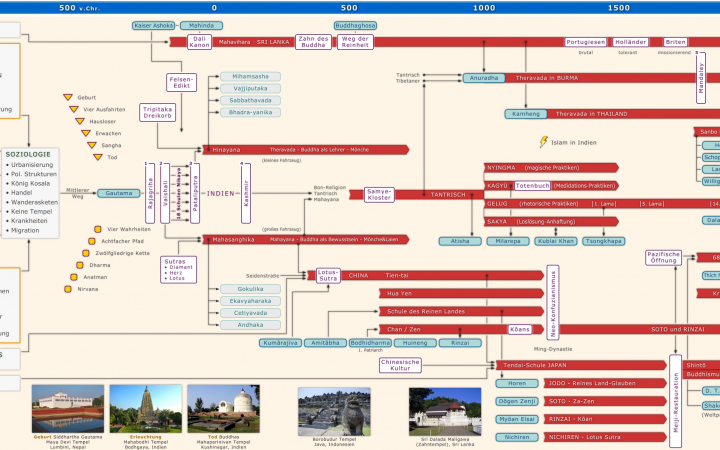

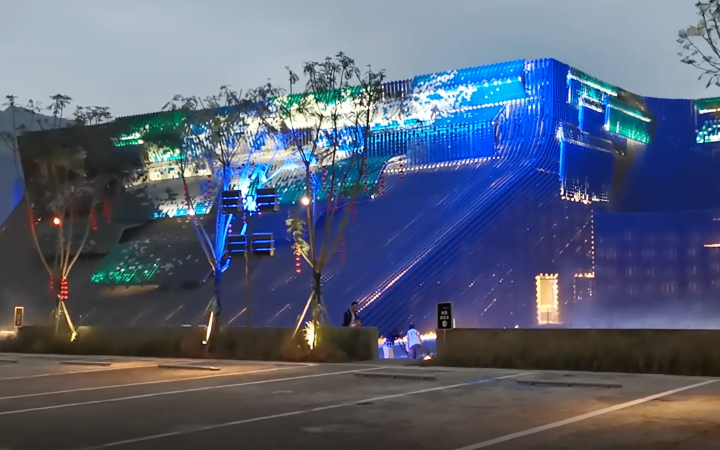
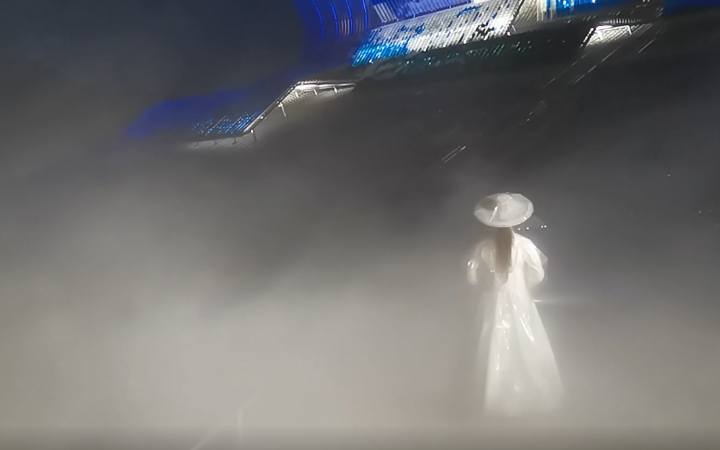
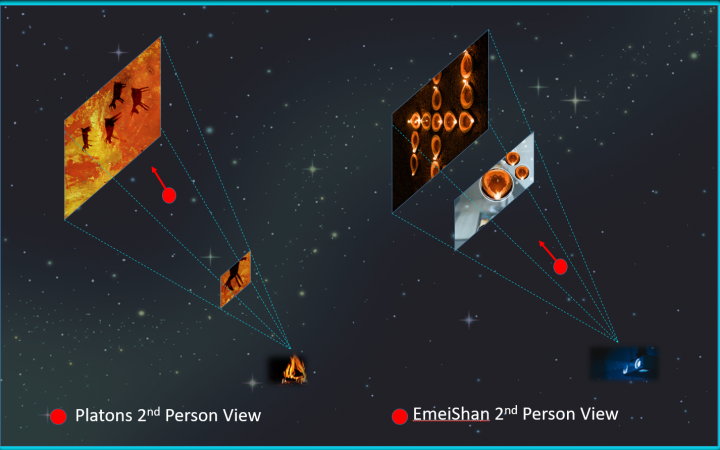
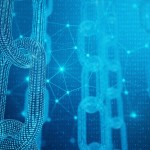

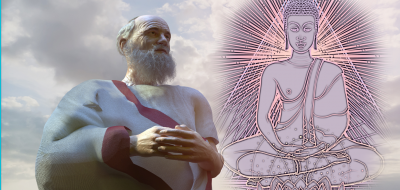
 Deutsch
Deutsch English
English